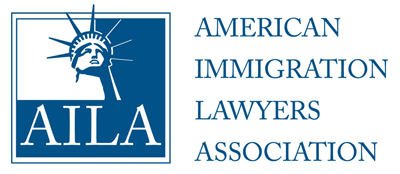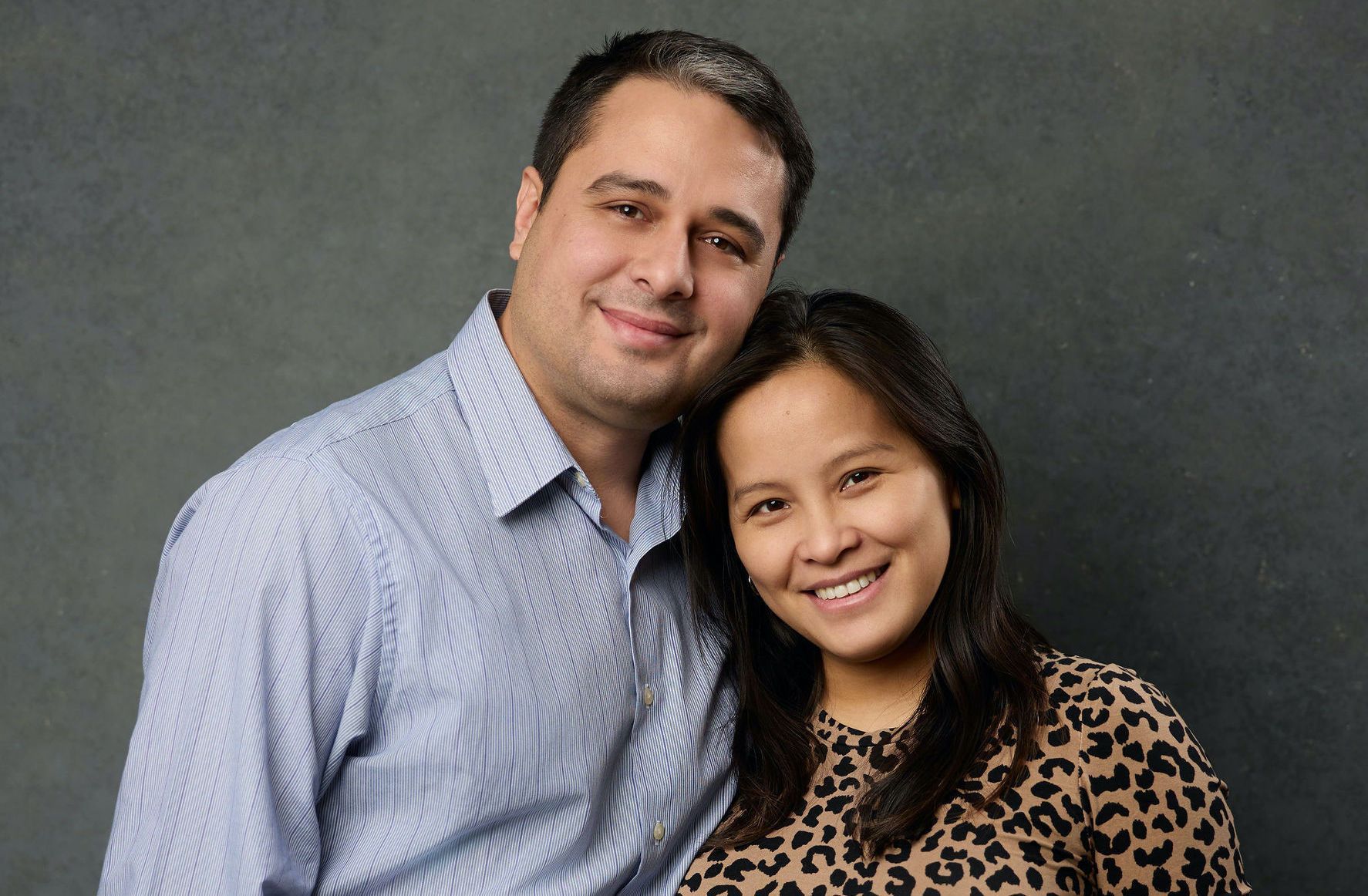Common J1 Teacher Questions: How to communicate with the J1 Sponsor? and what about the J1 Waiver?

Personally, as a Spouse of a previous J1 and an immigration attorney that generally assists J1s, the following Post might be extremely helpful for those J1s applying for a No Objection Statement or Hardship Waiver to remain in the US with their US Citizen Spouse, and then pursuing the Adjustment of Status.
- How to Communicate with the J1 Sponsor at the end of your 3rd or 5th Year
- How the J1 is in violation of the Contract with the J1 Sponsor
- To expect a break in employment, the ability to drive, and the ability to travel
- How there aren’t really risks to ICE Detainment and Deportation when married to a US Citizen
Fact – The J1 Contract the J1 Agreed to prior to coming to the US:
If a J1 is subject to the 212(e) Special Skills List / the 2-year Home Residency Requirement, then the J1 AGREED to return to the home country for a minimum of 2 years (2 years at one time or in the aggregate) after the J1 Visa Stay in the US.
This agreement is usually forgotten by the time a J1 enters the US, or at the very least, it is not considered as a very important matter UNTIL the J1 plans to act contrary to the agreed-upon plan of teaching in the US for 3 or 5 years and return abroad for a minimum of 2 years.
A Waiver filing MAY allow a J1 to break the contract or be excluded from the 2-year restriction.
If a J1 is subject to the 212(e), they CANNOT (without a waiver or 2 years of residency in home country):
- Immigrate to the US
- Work in the US as an H-1B
Here is a Summary of the J1 Waiver for Teachers:
Two Common Waiver Options:
A J1 Teacher generally has 2 waiver options:
- No objection Statement
- Exceptional Hardship
Depending on your Country of Nationality, the choice may be reduced to one or the other.
For instance, the following Countries tend to issue No Objection Statements for J1 Teachers:
- Jamaica
- Colombia
- Venezuela
- Costa Rica
- Brazil
The following Countries tend to require Exceptional Hardship Waiver filings for J1 Teachers:
- Philippines
- Honduras
- Peru
- Ecuador
If ever possible, a J1 should pursue a No Objection Statement, as it tends to be quicker and cheaper. If the foreign Embassy or Consulate does NOT offer No Objection Statement services, then it is likely not available and the J1 would have to pursue the Slow and more Expensive Exceptional Hardship Waiver.
No Objection Statement Explanation:
The No Objection Statement process can be called by a different name, depending on the foreign government. No Objection Statement, also abbreviated as NOS, is what the US Department of State knows it as.
Essentially, the NOS process is 100% the Foreign Government saying that they will allow the waiver of the 2-year home residency requirement from the J1 Visa.
- Step 1: DS-3035 – This form is also known as the J Visa Waiver Recommendation Application. It must be completed online, and the online form will create a barcode connected to the specific filing.
- Step 2: DS-3035 – Mail the filing to the DOS, with all needed documentation, an explanation of the expected course of action after the waiver, documentation, and payment.
- Step 3: NOS Request – The Foreign Government, usually at the local Embassy or Consulate, will have a process to apply for a No Objection Statement.
- Step 4: Waiting – It can take many months for both the foreign Government and DOS to process the request. You will need to perform what is required to receive a No Objection Statement from the specific home country. A country may have certain requirements for the NOS, which viewing the given country’s embassy website usually provides guidance.
- Step 5: Approval or Rejection of the No Objection Statement. If a no-objection statement is issued, the foreign government will send it directly to the U.S. Department of State. It can NEVER touch a J-1 Hands.
- Step 6: DOS Receipt of the NOS – The DOS will begin the final processing of the waiver filing. This can take a few weeks or months.
- Step 7: DOS Favorable Recommendation – If the DOS issues a Favorable Recommendation, a J1 is able to use the DOS Notice to begin the Adjustment of Status process. The DOS will send the filing to USCIS, which would start the I-612 Filing.
- Step 8: USCIS I-612 Receipt – This process can run simultaneously with an Adjustment of Status Filing for those J1s immigrating to the US. HOWEVER, a J1 attempting to change status to an H-1B or seek employment, they MUST wait for the I-612 Approval Notice.
- Step 9: Waiting – USCIS processing of the I-612.
- Step 10: USCIS I-612 Approval – The J1 attempting to change status to an H-1B or seek employment, they can now apply.
Exceptional Hardship Explanation:
Below is a very thorough explanation of the J1 Exceptional Hardship Waiver Process:
The J1 Exceptional Hardship Waiver – Form I-612: Brief Summary
How to Communicate with the J1 Sponsor at the end of the 3rd or 5th Year
It is best to never lie to the J1 Sponsor. The Sponsor knows when a J1 is acting differently from other J1 teachers, and they can check the SEVIS System to confirm their suspicions. The following topics are the most common J1 Sponsor communications with the J1 Teacher:
- Wrapping Up Email: If the J1 Sponsor emails you an “End of Program Questionnaire,” “Exit Report,” or “Cultural Exchange Project Submission,” you are required to complete it and submit it to the J1 Sponsor. This email SHOULDN’T be ignored.
- Letter of Recommendation Email: Communication offering a “Letter of Recommendation” or “Completion of the J1 Program Letter,” this is usually only available for J1 Teachers that are exiting the United States at the end of the J1 Program. If you are applying for a waiver or for a Green Card, the J1 Sponsor would not assist in any way to help the J1 acquire employment in the US or to acquire a document permitting a Country’s No Objection Statement. Some countries require a Completion Letter in order to issue a No Objection Statement.
- Exiting the US Email: Communication requesting “proof of plane tickets” from the J1:The J1 Sponsor usually requests the proof of plane tickets sometime between March and May of the academic year of the 3rd or 5th year of the J1 Program. The J1 Sponsor asks at the end of the J1 Program for proof of your expected departure from the US.If you are not planning to leave the US because you are in the waiver process, you do not need to buy plane tickets. Delays in the response to the submission of plane tickets are usually the first indication to the J1 Sponsor of the J1 pursuing the waiver.If you already have an approved Waiver and are in the Adjustment of Status filing, the J1 Sponsor doesn’t usually make this request for proof of plane tickets.
- Health Insurance during Grace Period Email: Communication requesting whether the J1 wishes to extend the J1 Health Insurance, the J1 Sponsor may accept the payment to extend the health insurance during the Grace Period or they may not allow it if you have a pending or approved waiver filing.
- 2-Year Extension Email: Communication requesting whether the J1 is extending the J1 Visa for the 4th/5th Year.A J1 that is about to start, already started, or has an approved waiver is 100% INELIGIBLE for the 2-year extension. Many J1 Sponsoring Agencies will terminate any employment during the 4th/5th year if the waiver is discovered. Some J1 Sponsoring Agencies can fine $500 or $1000 if an extension occurs while on the 4th or 5th year of the J1 Program.
30-Day Grace Period
During the 30-Day Grace Period, the J1 is able to travel inside the US, wire money overseas, wrap up affairs, and sell vehicle(s). That is the purpose of the Grace Period.
Thus, during this period, a J1:
- may not be able to renew the Driver’s License for an additional 30 days;
- cannot use the expired J1 Visa to exit and re-enter the US;
- cannot work for any employers; and/or
- they cannot change status after the J1 Visa expires (usually on June 25th or June 30th).
Common Questions for after the J-1 Period of Stay:
How can I renew my Expiring Driver’s License?
Most state DMVs usually require the J1 Teacher to provide either:
- Employment Authorization Card (aka EAD Card, Work Permit, and I-766)
- Green Card (aka Lawful Permanent Resident Card)
The USCIS AOS Notices (I-130/I-485/I-765/I-131) are insufficient to prove an immigration filing is pending (meaning it “could” have been denied after the receipt notices or the marriage could have ended, invalidating a marriage-based AOS) and the J1 is adjusting/is a quasi-immigrant, that the J1 is about to become a lawful permanent resident of the US.
A J1 currently applying for a Green Card is not eligible for an I-90 Receipt notice or an I-751 Receipt Notice, both of which ARE Green Card Extension USCIS Notices. A J1 current applying for a Green Card, is NOT eligible for an I-90/I-751. The I-90/I-751 notices are frequently requested by local DMVs.
Does the approval of my waiver from the Embassy/Consulate send an automatic notification to the sponsor regarding my case?
At what part of the process is the J1 Sponsor notified that I am married or that I have applied for a waiver?
Marriage: Never, unless the J1 notifies them.
Waiver: Once the DOS inputs the waiver information into the SEVIS System and the filings’ online case state becomes available.
No Objection Statement: Issuance of the No Objection Statement is not communicated to the J1 Sponsoring Agency, rather it is sent directly to the Waiver Review Division. Once any of the waiver information is entered into the SEVIS system, the J1 Sponsor can see the information.
Will I be out of status after June 25th or 30th (the most common end dates ending the J1 Teacher Program)?
Yes, No, well it depends.
If you are I-485 Adjusting your Status due to marriage to a US Citizen after June 25th/30th, the overstay would not be a problem preventing the immigration filing. You would not be able to work on and after June 25th/30th. The Ability to work returns a few months later when USCIS issues the Employment Authorization Document under a Pending Adjustment of Status filing.
If you are changing your status to another nonimmigrant visa status and the application is filed before the end of the grace period, you could stay in the U.S. while the application is pending with the USCIS. However, you may not work unless and until your I-129 work visa (such as H-1B) is approved or your I-765 Employment Authorization application is approved.
If you are not Immigrating and you do not have a pending H1B Filing at the END of the Grace Period, you would 100% be out of status.
Can the J1 Sponsor report me to authorities?












